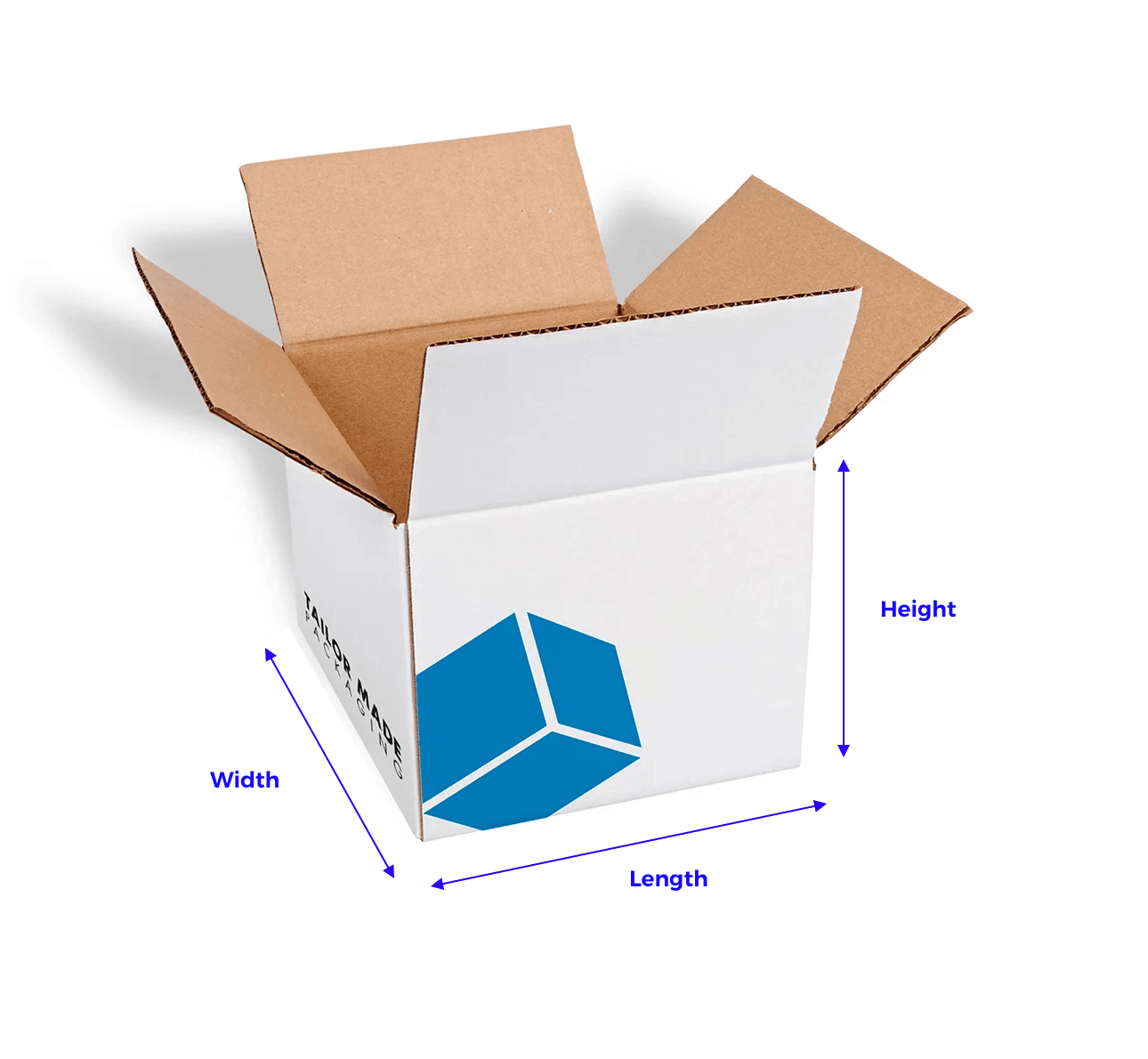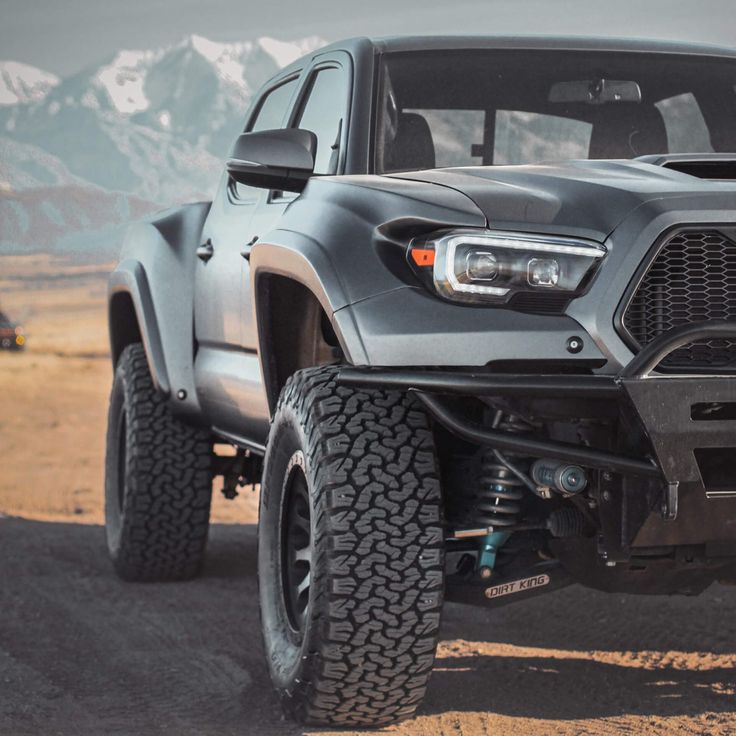Box Truck Door Clearance: Navigating the Critical Dimensions for Safe and Efficient Operations
Box Truck Door Clearance: Navigating the Critical Dimensions for Safe and Efficient Operations cars.truckstrend.com
In the world of logistics and transportation, every dimension matters. Among the most critical, yet often overlooked, is box truck door clearance. More than just a number, it represents the usable height and width of a truck’s rear opening, dictating what can be loaded, where the truck can go, and how safely operations can be performed. Understanding and meticulously managing this clearance is paramount for preventing costly damage, ensuring driver safety, optimizing delivery routes, and maintaining operational efficiency.
This comprehensive guide delves into the intricacies of box truck door clearance, offering insights, practical advice, and actionable strategies for businesses and drivers alike. From the nuances of different door types to the impact of suspension and cargo, we’ll explore every facet of this vital dimension.
Box Truck Door Clearance: Navigating the Critical Dimensions for Safe and Efficient Operations
Understanding Box Truck Door Clearance: What It Is and Why It Matters
Box truck door clearance refers to the actual, unobstructed dimensions of the opening at the rear (or sometimes side) of a box truck through which cargo is loaded and unloaded. While a truck’s overall height is crucial for navigating bridges and tunnels, door clearance is specifically about the internal access point for freight.
Why is it so important?
- Preventing Damage: Misjudging door clearance can lead to damaged cargo, torn door seals, bent door frames, or even structural damage to the truck itself. This translates directly to repair costs, downtime, and potential insurance claims.
- Operational Efficiency: Knowing the precise clearance allows for accurate load planning. It prevents situations where cargo is too tall or wide to fit, avoiding frustrating delays, re-packaging, or the need for a different truck.
- Safety: For both personnel and cargo, ensuring adequate clearance minimizes the risk of crushing injuries during loading/unloading and prevents unstable loads that could shift during transit.
- Route Planning & Accessibility: While overall height dictates overhead obstructions, door clearance impacts accessibility at specific loading docks, low-ceiling warehouses, or even residential garages where the truck might need to back in.
- Compliance: In some industries or for specific types of cargo, regulations might indirectly influence the need for precise clearance measurements and documentation.

Effective door clearance can be influenced by various factors, including the truck’s suspension, tire size, the presence of liftgates, and even the type of door installed.
Types of Box Truck Doors and Their Clearance Implications
Box trucks primarily feature two types of rear doors, each with distinct clearance characteristics:

1. Roll-Up Doors (Overhead Doors)
Mechanism: These doors operate like a garage door, rolling up on tracks and retracting into a compartment above the door opening inside the truck’s body.
Clearance Implications:
- Reduced Vertical Clearance: The most significant implication is that the roll-up mechanism itself (the tracks, springs, and door panels when retracted) occupies a portion of the vertical space at the top of the door opening. This means the effective vertical clearance is always less than the truck body’s internal height.
- Consistent Width: The full width of the opening is generally available, assuming no internal obstructions.
- No Side Clearance Issues: Unlike swing-out doors, roll-up doors do not extend outwards, making them ideal for tight loading bays or parallel parking scenarios where space behind the truck is limited.

Measuring Effective Clearance for Roll-Up Doors:
To get the true vertical clearance, measure from the floor of the truck to the lowest point of the roll-up mechanism when the door is fully open.
2. Swing-Out Doors (Barn Doors)
Mechanism: These doors are hinged on the sides and swing open outwards, similar to a traditional barn door. Most box trucks have two swing-out doors that meet in the middle.
Clearance Implications:
- Maximum Vertical Clearance: When fully open, swing-out doors typically offer the full internal height of the truck body, as there are no overhead mechanisms to obstruct the opening.
- Maximum Width Clearance: Similarly, they provide the full internal width of the truck body.
- Significant Side & Rear Space Required: The major drawback is the need for ample clear space behind and to the sides of the truck for the doors to swing fully open. This can be problematic in congested loading docks, narrow alleys, or when parked close to other vehicles or walls.
Measuring Effective Clearance for Swing-Out Doors:
Measure from the floor to the top of the door frame for vertical clearance, and from side to side of the opening for horizontal clearance. Remember to account for the space needed for the doors to open outwards.
Measuring and Verifying Door Clearance: A Practical Guide
Accurate measurement is the cornerstone of effective door clearance management.
- Empty vs. Loaded: Always measure the truck’s clearance when it’s both empty and fully loaded. A loaded truck’s suspension will compress, potentially reducing its overall height and, consequently, its door clearance (especially if the door frame is affected by chassis flex).
- Tools Needed: A reliable tape measure (preferably a long, rigid one or a laser measure), a level, and a pen/paper for recording.
- Step-by-Step Measurement:
- Vertical Clearance:
- Open the door fully.
- For roll-up doors: Measure from the truck floor to the lowest point of the overhead mechanism.
- For swing-out doors: Measure from the truck floor to the very top of the door frame.
- Take measurements at the center and both sides to account for any floor or frame inconsistencies.
- Horizontal Clearance (Width):
- Measure the inside width of the door opening from frame to frame.
- Ensure no latches, hinges, or internal protrusions obstruct this width.
- Vertical Clearance:
- Consider the Liftgate: If your truck has a liftgate, measure the clearance when the liftgate is fully lowered and then again when it’s stowed. Some liftgates can slightly intrude into the door opening when stowed, reducing effective clearance.
- Documentation: Keep these measurements clearly documented inside the truck, perhaps on a laminated card, and also in fleet management records. This ensures all drivers are aware of the precise limitations.
Factors Impacting Effective Clearance
Beyond the door type itself, several external and internal factors can significantly affect your effective door clearance:
- Suspension:
- Air Suspension: Can be adjusted to raise or lower the truck, offering flexibility in clearance. However, a malfunction can lead to unexpected height changes.
- Spring Suspension: Less flexible; the truck’s height will vary more significantly between empty and loaded states.
- Tire Size and Inflation: Worn or under-inflated tires can slightly reduce overall truck height.
- Aftermarket Modifications: Roof-mounted air conditioning units, additional lighting, or even custom roof fairings can add to the overall height, which might indirectly affect how you approach an overhead clearance, even if it doesn’t directly impact the door opening. Liftgates, as mentioned, can sometimes intrude.
- Loading Dock Height & Approach Angle: An uneven loading dock or a steep approach angle can alter the truck’s pitch, temporarily changing the effective door clearance relative to a fixed overhead obstruction or the dock itself.
- Overhead Obstructions: While related to overall truck height, low-hanging pipes, lights, or ventilation systems within a warehouse or garage can become "door clearance" issues if they are directly above the area where the truck’s door needs to open or where cargo is being maneuvered.
Practical Strategies for Managing Door Clearance
Proactive management of door clearance is crucial for smooth operations:
- Pre-Trip Inspections: Drivers should routinely check the documented door clearance and compare it against the expected dimensions of cargo.
- Route Planning & Awareness: For deliveries to new or unfamiliar locations, drivers should utilize satellite imagery (e.g., Google Maps Street View) and pre-call sites to inquire about loading dock specifics, overhead obstructions, and access limitations.
- Driver Training: Comprehensive training on proper measurement techniques, awareness of suspension changes, and safe maneuvering practices around low clearances is essential.
- Using Spotters: When backing into tight spots or under low overheads, a spotter can provide critical real-time guidance.
- Clearance Signage: Labeling the truck’s internal door opening with its precise vertical and horizontal clearance (e.g., "Max Load Height: 90 inches") can serve as a constant reminder for loaders and drivers.
- Technology Aids: Advanced GPS systems designed for commercial vehicles often include height restriction warnings for routes, which can help avoid areas with insufficient overall clearance, indirectly preventing door-related issues.
Potential Challenges and Solutions
- Challenge: Low Overhead at Delivery Sites: Many older warehouses, residential garages, or even some retail backdoors have extremely limited overhead space.
- Solution: Pre-delivery site surveys, using smaller vehicles for final delivery (if applicable), offloading outside and hand-carrying, or scheduling deliveries during non-peak hours when more space is available.
- Challenge: Damaged Doors: Repeated impact with cargo or external structures due to misjudged clearance.
- Solution: Regular preventative maintenance, immediate repair of minor damage to prevent escalation, and reinforcing driver training on clearance awareness.
- Challenge: Cargo Taller Than Door Clearance: When cargo, even if it fits inside the truck, is too tall to pass through the door opening.
- Solution: Re-orienting the cargo (if possible), using a truck with greater door clearance, or using a flatbed for such shipments.
Benefits of Proper Door Clearance Management
Investing time and effort in managing box truck door clearance yields significant returns:
- Reduced Damage Costs: Fewer repairs to trucks, doors, and cargo.
- Improved Safety: Less risk of injury to personnel and greater cargo stability.
- Enhanced Operational Efficiency: Faster loading/unloading, fewer delays, and optimized route planning.
- Legal Compliance: Adherence to safety standards and reduced liability.
- Increased Customer Satisfaction: Reliable, on-time deliveries without incidents.
Table: Estimated Price Guide for Box Truck Door-Related Services & Products
Please note: These are estimated ranges and actual prices can vary significantly based on location, truck make/model, service provider, and specific product features. This table focuses on costs associated with maintaining, repairing, or enhancing aspects related to box truck door functionality and clearance.
| Service/Product Category | Description | Estimated Price Range (USD) | Notes |
|---|---|---|---|
| Door Repair/Replacement | |||
| Roll-Up Door Panel Replacement | Per panel, often due to dents or impact | $150 – $400 | Varies by material (aluminum, steel) and size. |
| Roll-Up Door Spring/Cable Repair | Repair or replacement of tension springs or lift cables | $300 – $800 | Includes labor; critical for door function. |
| Swing-Out Door Hinge/Latch Repair | Repair or replacement of hinges, latches, or securing mechanisms | $100 – $300 (per component) | Minor repairs. |
| Full Roll-Up Door Replacement | Entire new roll-up door assembly and installation | $1,500 – $3,500+ | Significant damage or upgrade. |
| Full Swing-Out Door Replacement | Entire new swing-out door(s) and installation | $1,000 – $3,000+ | Depending on single/double door, material. |
| Clearance Management Tools & Aids | |||
| Laser Distance Measurer (Commercial) | For precise and quick measurement of heights and clearances | $100 – $500 | Essential for accurate on-site measurements. |
| Heavy-Duty Tape Measure | Reliable, long-reach tape for manual measurements | $20 – $70 | Good backup or primary for basic measurements. |
| Truck Height/Clearance Stickers | Custom vinyl stickers for internal door frame with exact dimensions | $10 – $50 (per truck) | Low-cost, high-impact reminder. |
| Commercial Vehicle GPS (Height Alert) | GPS unit with customizable truck dimensions to alert for low clearances | $300 – $800+ | Subscription fees may apply for advanced features. |
| Suspension & Chassis Adjustments | |||
| Air Suspension Component Repair | Repair/replacement of airbags, compressors, or lines (affects height) | $500 – $2,000+ | Varies significantly based on specific component failure. |
| Suspension System Inspection | Professional check for optimal height and stability | $100 – $300 | Routine maintenance can prevent issues. |
| Training & Consultation | |||
| Driver Safety & Awareness Training | Course focusing on truck dimensions, clearance, and safe maneuvering | $100 – $500 (per driver) | Can be part of broader safety training; varies by provider (online/in-person). |
| Fleet Safety Consultation | Expert review of operational procedures related to truck dimensions | $500 – $2,000+ (per project) | For larger fleets, identifying risks and implementing best practices. |
Frequently Asked Questions (FAQ) About Box Truck Door Clearance
Q1: What’s the average box truck door clearance?
A1: This varies greatly by truck size and door type. For smaller 12-16 ft box trucks, effective roll-up door clearance might be around 7.5 to 8 feet (90-96 inches). For larger 24-26 ft box trucks, it could be 8.5 to 9 feet (102-108 inches) for swing-out doors, while roll-up doors on the same truck might offer 8 to 8.5 feet (96-102 inches). Always measure your specific truck.
Q2: How do I measure my truck’s total height, separate from door clearance?
A2: To measure total height, park on a level surface. Use a long, rigid measuring tool or a laser measure. Extend it from the ground to the very highest point of your truck (usually the roof or a roof-mounted AC unit/fairing). Do this when empty and loaded, as suspension compression will reduce the loaded height.
Q3: Does a liftgate affect door clearance?
A3: A liftgate itself doesn’t directly reduce the door opening dimensions, but some liftgate designs can slightly intrude into the bottom of the opening when stowed, or the liftgate platform might become an obstruction if not fully lowered or stowed correctly during loading/unloading. Always check if your specific liftgate model has any such impact.
Q4: What if my cargo is taller than the door clearance but fits inside the truck?
A4: This is a common issue, especially with roll-up doors. If the cargo is rigid and cannot be tilted, you cannot load it. You’ll need to use a truck with greater door clearance (often a swing-out door truck), a flatbed, or find a way to re-orient the cargo (e.g., lay it down if possible). Never force cargo through a door opening.
Q5: Are there legal regulations for box truck height or door clearance?
A5: While there aren’t specific federal regulations for "door clearance" directly, there are regulations for overall vehicle height (typically 13 feet 6 inches in most states, but can vary) and weight limits. Exceeding these can lead to fines and safety hazards. Proper door clearance management helps ensure you can load within your truck’s safe operating limits and legal dimensions.
Q6: What’s the difference between nominal and effective door clearance?
A6: Nominal clearance refers to the stated or advertised dimensions of the door opening, often from the manufacturer. Effective clearance is the actual, usable space once you account for internal obstructions like the roll-up door mechanism, hinges, seals, or even slight floor irregularities. Always use the effective clearance for practical operations.
Conclusion
Box truck door clearance is far more than a minor detail; it’s a critical dimension that underpins safety, efficiency, and profitability in trucking operations. By understanding the nuances of different door types, meticulously measuring and documenting clearances, considering the various factors that influence these dimensions, and implementing proactive management strategies, businesses can significantly reduce risks, prevent costly damage, and ensure their box trucks remain reliable workhorses on the road. Ongoing vigilance, proper training, and the right tools are the keys to mastering box truck door clearance and unlocking smoother, more productive logistics.






